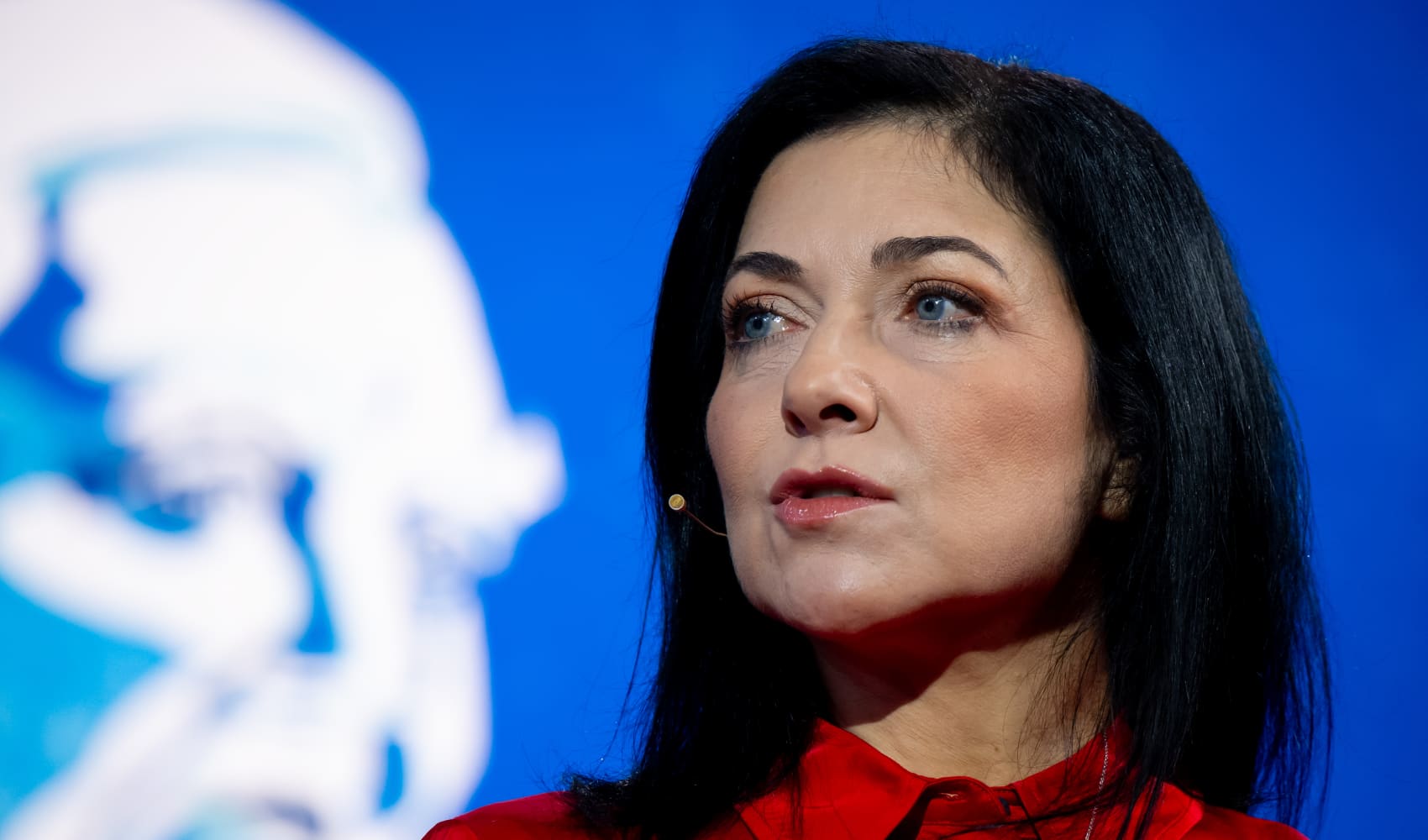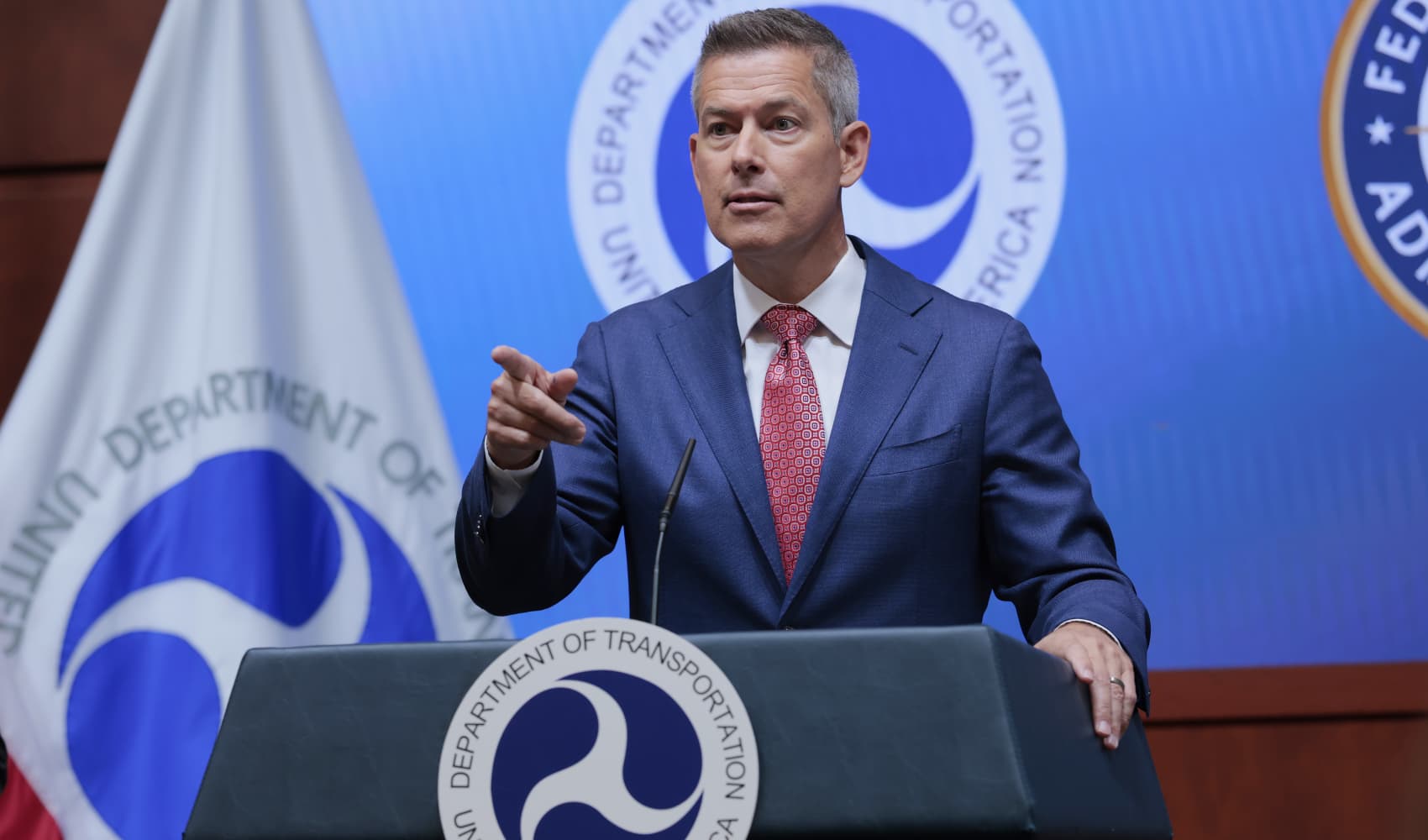Germany's Economy Boss: Big Bets on Infrastructure & Risk
Germany's Economic Revolution: Risk, Speed & Katherina Reiche's Big Bets
Introduction: A New Dawn for the German Economy?
Germany, a powerhouse of European industry and a symbol of stability, has been experiencing a period of economic sluggishness. But could that be about to change? Enter Katherina Reiche, Germany's new Economy Minister, with a bold plan to shake things up. Her vision? A radical shift towards embracing risk, prioritizing speed, and making significant investments for a brighter economic future. It's a recipe that sounds exciting, but can it deliver?
Reiche's Investor Booster: Igniting Economic Growth
Reiche's first order of business is what she calls an "investor booster." But what exactly does that entail? It's about creating an environment that attracts investment, both domestic and international. Think of it as planting seeds in fertile ground – nurturing new businesses and encouraging existing ones to expand.
Attracting Private Capital
How does she plan to do this? By cutting red tape, offering incentives, and showcasing Germany as a prime location for innovation and growth. Ultimately, she aims to unlock the potential of German entrepreneurs and pave the way for sustainable economic progress.
The Decade of Infrastructure: Building a Stronger Future
Reiche believes the next ten years must be dedicated to overhauling Germany's infrastructure. But why is infrastructure so crucial? Well, think of it as the backbone of any economy. Without strong infrastructure, businesses struggle, supply chains falter, and growth stagnates.
Bridges, Energy, and Telecommunications
Reiche has her sights set on upgrading a wide range of infrastructure components. This includes:
- Bridges: Ensuring safe and efficient transportation networks.
- Energy Infrastructure: Modernizing power grids and transitioning to renewable energy sources.
- Storage: Developing cutting-edge energy storage solutions to ensure reliability.
- Maritime Infrastructure: Enhancing ports and waterways to facilitate trade.
- Telecommunications: Expanding high-speed internet access to every corner of the country.
The Public-Private Partnership: A Collaborative Approach
Reiche recognizes that such a massive undertaking requires a collaborative effort. While the government will contribute around 10% of the funding, the lion's share – a whopping 90% – will need to come from the private sector. This is where the "investor booster" comes back into play, attracting the necessary private capital to fuel these ambitious projects.
Speed: The Key to Staying Ahead
In today's fast-paced global economy, speed is of the essence. Reiche understands that Germany can't afford to be complacent or bogged down by bureaucracy. She wants to streamline processes, cut through red tape, and accelerate the pace of investment and innovation. It's like a race against time – the faster Germany moves, the greater its chances of success.
Embracing Risk: A Paradigm Shift
Germany has traditionally been known for its cautious approach to economic policy. But Reiche believes it's time to embrace risk, to be bolder and more adventurous. This means encouraging innovation, supporting startups, and being willing to experiment with new ideas. Think of it as venturing into uncharted territory – there are risks involved, but also the potential for immense rewards.
The German Economy: A Sleeping Giant Awakens?
For too long, the German economy has been sluggish, lacking the dynamism and vitality it once possessed. Reiche's plan aims to reawaken this sleeping giant, to unleash its full potential and restore its position as a global economic leader.
The Role of Innovation: Fueling Future Growth
Innovation is the lifeblood of any modern economy. Reiche recognizes the importance of fostering a culture of innovation in Germany, encouraging research and development, and supporting startups that are pushing the boundaries of technology. It’s about creating an ecosystem where new ideas can flourish and transform into successful businesses.
Sustainability: A Key Consideration
Reiche’s infrastructure plan isn’t just about economic growth; it's also about sustainability. She emphasizes the importance of investing in renewable energy sources, promoting energy efficiency, and reducing carbon emissions. This is a recognition that economic prosperity and environmental stewardship must go hand in hand.
Challenges and Obstacles: What Lies Ahead?
Of course, Reiche's plan is not without its challenges. There will be resistance from those who prefer the status quo, skepticism from those who doubt her vision, and obstacles along the way. But she seems determined to overcome these challenges and to steer Germany towards a brighter economic future.
Bureaucracy and Red Tape
Germany is notorious for its complex bureaucracy, which can stifle innovation and delay projects. Reiche will need to find ways to streamline processes and cut through red tape to ensure her plan can be implemented effectively. This could involve policy changes and government restructuring.
Securing Private Investment
Convincing private investors to commit significant capital to infrastructure projects will be crucial. Reiche will need to demonstrate the long-term viability and profitability of these investments, highlighting the potential returns and minimizing the perceived risks.
Public Support
Gaining public support for her ambitious plan will be essential for its success. Reiche will need to communicate her vision clearly and persuasively, highlighting the benefits of infrastructure investment for all Germans. This could involve public awareness campaigns and community engagement programs.
The Global Impact: A Ripple Effect
If Reiche's plan succeeds, the impact will extend far beyond Germany's borders. A revitalized German economy would boost the entire European Union and contribute to global economic growth. It could also serve as a model for other countries looking to stimulate their own economies through infrastructure investment and innovation.
The Future of German Jobs: Creating Opportunities
One of the most significant benefits of Reiche's plan is its potential to create new jobs. The infrastructure projects will require a skilled workforce, generating employment opportunities in construction, engineering, technology, and many other sectors. This would help to reduce unemployment and improve the living standards of German citizens.
A New Era of Economic Growth?
Is Germany on the cusp of a new era of economic growth? With Katherina Reiche at the helm, the answer appears to be a resounding yes. Her bold vision, coupled with her commitment to risk, speed, and big bets, could transform the German economy and usher in a period of unprecedented prosperity.
Conclusion: Reiche's Gamble for a Brighter Future
Katherina Reiche's plan for Germany's economy is ambitious, audacious, and potentially transformative. It's a gamble, no doubt, but one that could pay off handsomely. By embracing risk, prioritizing speed, and making significant infrastructure investments, she aims to revitalize the German economy and secure its future as a global economic leader. Only time will tell if she succeeds, but one thing is certain: Germany's economic future is now in the hands of a bold and visionary leader.
Frequently Asked Questions
Q1: What is the main focus of Katherina Reiche's economic plan?
A1: The core of Reiche's plan is to stimulate the German economy through increased infrastructure investment, with a focus on speed, private capital, and embracing calculated risks.
Q2: How much of the infrastructure investment will come from the private sector?
A2: Reiche anticipates that 90% of the needed infrastructure investment will come from private sources, while the government contributes the remaining 10%.
Q3: What specific types of infrastructure projects are included in the plan?
A3: The plan encompasses a wide range of infrastructure projects, including upgrades to bridges, energy infrastructure (including renewables and storage), maritime infrastructure, and telecommunications networks.
Q4: What are the potential challenges to implementing Reiche's plan?
A4: Key challenges include navigating bureaucratic hurdles, securing sufficient private investment, and gaining public support for the ambitious and potentially disruptive changes.
Q5: How does Reiche plan to attract private investment to German infrastructure?
A5: Reiche aims to attract private investment by creating a more favorable investment climate through reduced regulations, incentives, and highlighting Germany's potential for innovation and long-term growth.

